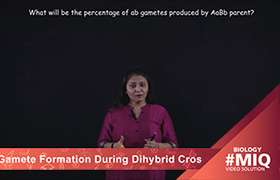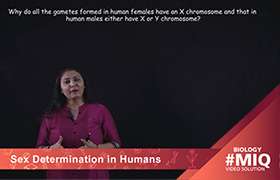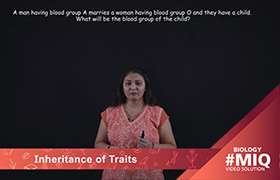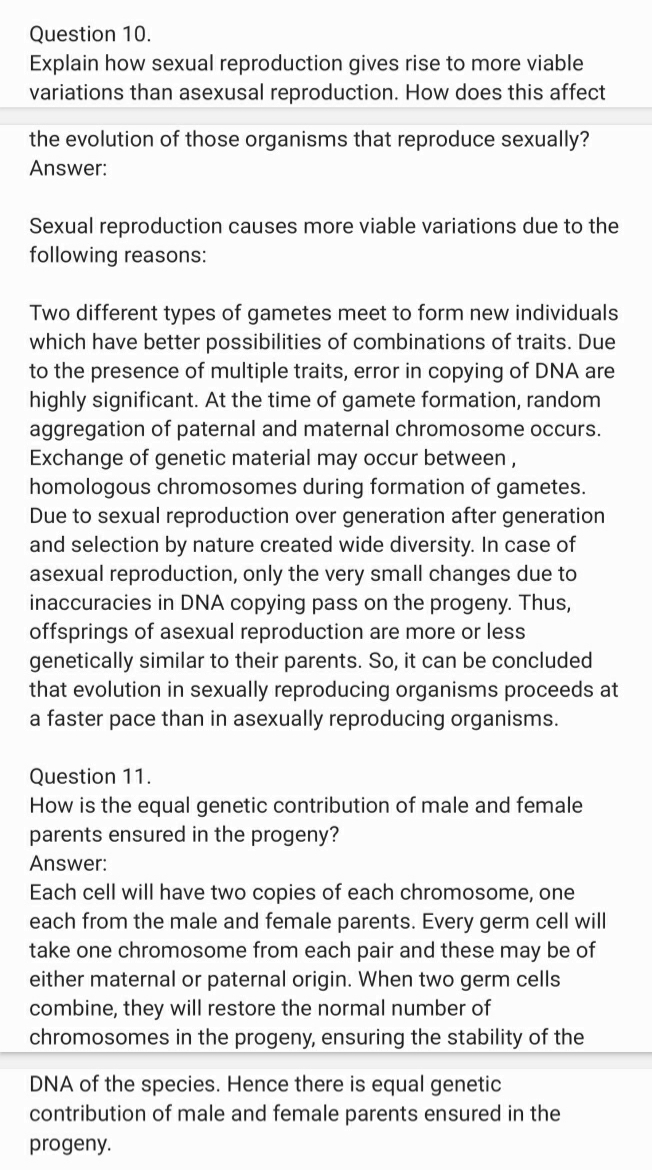CBSE Class 10 Answered
How is the equal genetic contribution of male and female parents ensured in the progeny
Asked by | 21 Feb, 2008, 07:18: PM
During gamete formation, each gamete receives half the number of chromosomes i.e. 23. During sexual reproduction, a female gamete (having 23 chromosomes) fuses with a male gamete (having 23 chromosomes) to form zygote. Zygote is diploid which contains 23 chromosomes from mother and 23 from father. In this way, an equal genetic contribution of male and female parents is ensured in the progeny.
Answered by | 30 Nov, 2017, 02:47: PM
Application Videos
Concept Videos
CBSE 10 - Biology
Asked by vramesh.kumar1804 | 09 Jan, 2024, 10:34: PM
CBSE 10 - Biology
Asked by navinkumar785790 | 17 Jun, 2023, 10:33: PM
CBSE 10 - Biology
Asked by Venkata Raman | 06 Feb, 2023, 06:59: PM
CBSE 10 - Biology
Asked by swetalinasamantaray022 | 29 Dec, 2022, 01:27: PM
CBSE 10 - Biology
Asked by nitusinghparihar309 | 26 Dec, 2022, 09:32: PM
CBSE 10 - Biology
Asked by blessybhatia09 | 17 Apr, 2022, 10:47: PM
CBSE 10 - Biology
Asked by srestasingh7 | 26 Dec, 2021, 10:36: PM
CBSE 10 - Biology
Asked by bhadouriarakesh9917 | 02 Mar, 2021, 08:44: AM
CBSE 10 - Biology
Asked by abhay2006ji | 22 Dec, 2020, 03:46: PM











